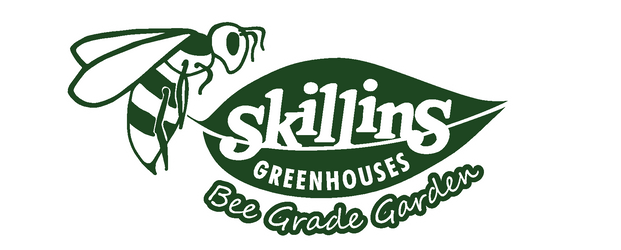
Protecting Your Indoor Oasis: Identifying and Combatting Common Pests on Houseplants
Indoor houseplants not only add a touch of nature to your living space but also contribute to a healthier indoor environment. However, like any other living organisms, plants are susceptible to pests. Recognizing and addressing these pests promptly is crucial to maintaining the health and vitality of your indoor greenery. In this blog post, we will explore common pests that can afflict houseplants and effective solutions to keep them at bay.
Common Houseplant Pests:
-
Spider Mites:
- Identification: These tiny arachnids are often found on the undersides of leaves, causing stippling or yellowing.
- Solution: Regularly misting your plants, keeping humidity levels up, and wiping the leaves with a damp cloth can deter spider mites. In severe cases, insecticidal soap can be used.
-
Aphids:
- Identification: Small, pear-shaped insects that cluster on new growth, sucking sap and causing leaves to distort or yellow.
- Solution: Spray plants with a mixture of water and mild dish soap or neem oil. Introducing beneficial insects like ladybugs can also help control aphid populations.
-
Mealybugs:
- Identification: Small, cotton-like pests that gather on leaf joints and the undersides of leaves, draining plant juices.
- Solution: Wipe mealybugs off with a cotton swab dipped in rubbing alcohol or a mixture of water and dish soap. Neem oil or insecticidal soap can also be effective.
-
Scale Insects:
- Identification: Hard, shell-like bumps that attach themselves to stems and leaves, feeding on plant sap.
- Solution: Remove scales manually, and apply neem oil or horticultural oil to control infestations. Prune heavily infested areas.
-
Fungus Gnats:
- Identification: Small, black flies that hover around the soil surface. Their larvae feed on organic matter and plant roots.
- Solution: Allow the soil to dry between waterings, use sticky traps to catch adult gnats, and consider applying beneficial nematodes to control larvae.
Preventative Measures:
-
Quarantine New Plants:
- Before introducing a new houseplant to your collection, keep it isolated for a few weeks to ensure it doesn't harbor any pests.
-
Regularly Inspect Your Plants:
- Routinely check the leaves, stems, and soil of your houseplants for any signs of pests. Early detection is key to effective pest control.
-
Maintain Optimal Conditions:
- Provide your plants with the right amount of light, water, and humidity. Healthy plants are better equipped to resist and recover from pest infestations.
-
Use Neem Oil or Insecticidal Soap Preventatively:
- Applying neem oil or insecticidal soap as a preventive measure can deter many common pests and keep your plants healthy.
Caring for indoor houseplants involves more than just watering and providing adequate light. Vigilance against pests is crucial to maintaining a thriving indoor garden. By promptly identifying and addressing pest issues and implementing preventive measures, you can ensure that your indoor oasis remains lush, vibrant, and free from unwanted guests.
